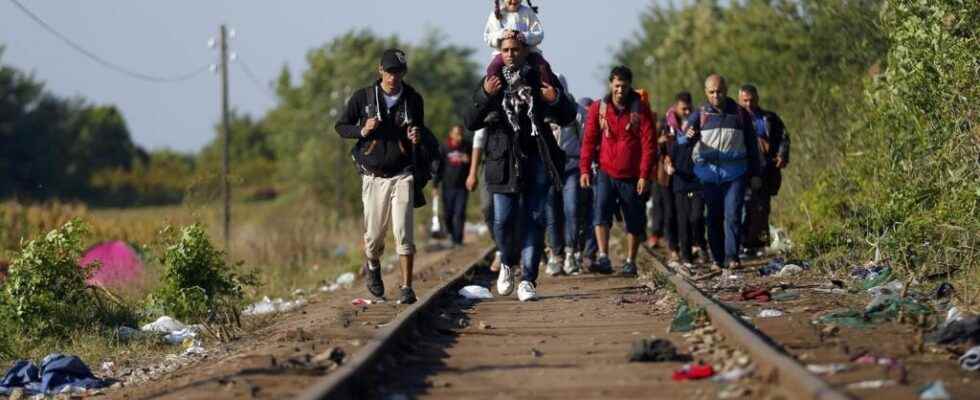The European Ministers of the Interior, meeting at the request of France in Brussels after the landing of the ship Ocean Viking, spoke of the increase in the number of migrant crossings by the Balkan route. This migration route was much talked about during the 2015-2016 crisis.
From our regional correspondent,
The Balkan route is a natural passage between Europe and Asia Minor, used for thousands of years. It links Turkey and Greece to the south, Croatia and Hungary, via Serbia, Bosnia and North Macedonia. This was the route taken by five million refugees during the 2015 crisis. This route had been closed by the construction of a barrier at the Serbian-Hungarian border, and by the establishment of patrols by the European agency Frontex in the countries concerned. So much so that in 2018, only 6,000 passages were recorded there.
But the Balkan route has returned to the fore, with 130,000 entries this year according to Frontex, or 46% of irregular entries into the European Union. And the Hungarians estimate that the number of attempts to cross their border with Serbia has more than doubled compared to last year.
Police violence
Many migrants find themselves stranded in Serbia because of the strong Croatian and Hungarian police presence at the borders and wild camps have formed in the north, in addition to official reception centres. The problem often comes from the increasingly violent smugglers. For example on Thursday, an exchange of fire between smugglers caused six injuries. The Serbian police seized the weapons, but did not find the perpetrators, and proceeded to regroup 800 migrants scattered in the wild. In addition, many migrants complain of police violence by Croats and Hungarians during illegal pushback operations.
► To read: Headlines: refugees in the Balkans, towards a new humanitarian crisis?
Europe has recently criticized Serbia’s migration policy, which authorizes the entry of travelers from many countries of the South on its territory, without a visa. A number of them illegally make their way to the EU. But this situation is changing with, for example, the introduction of visas for Tunisians and Burundians ten days ago. Furthermore, Serbia recently signed a readmission agreement with Hungary and Austria, which allows for faster deportation of migrants between these countries.
